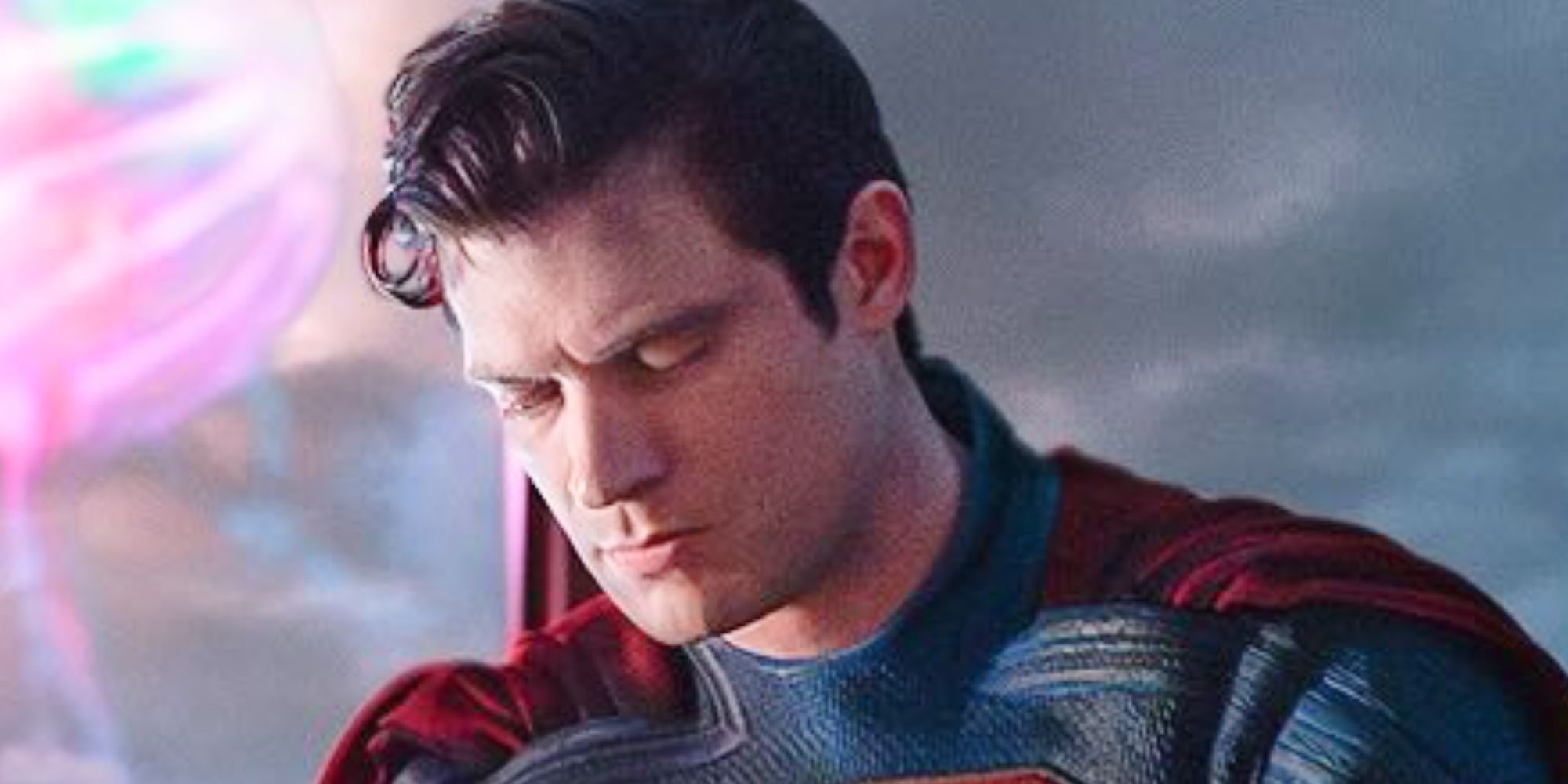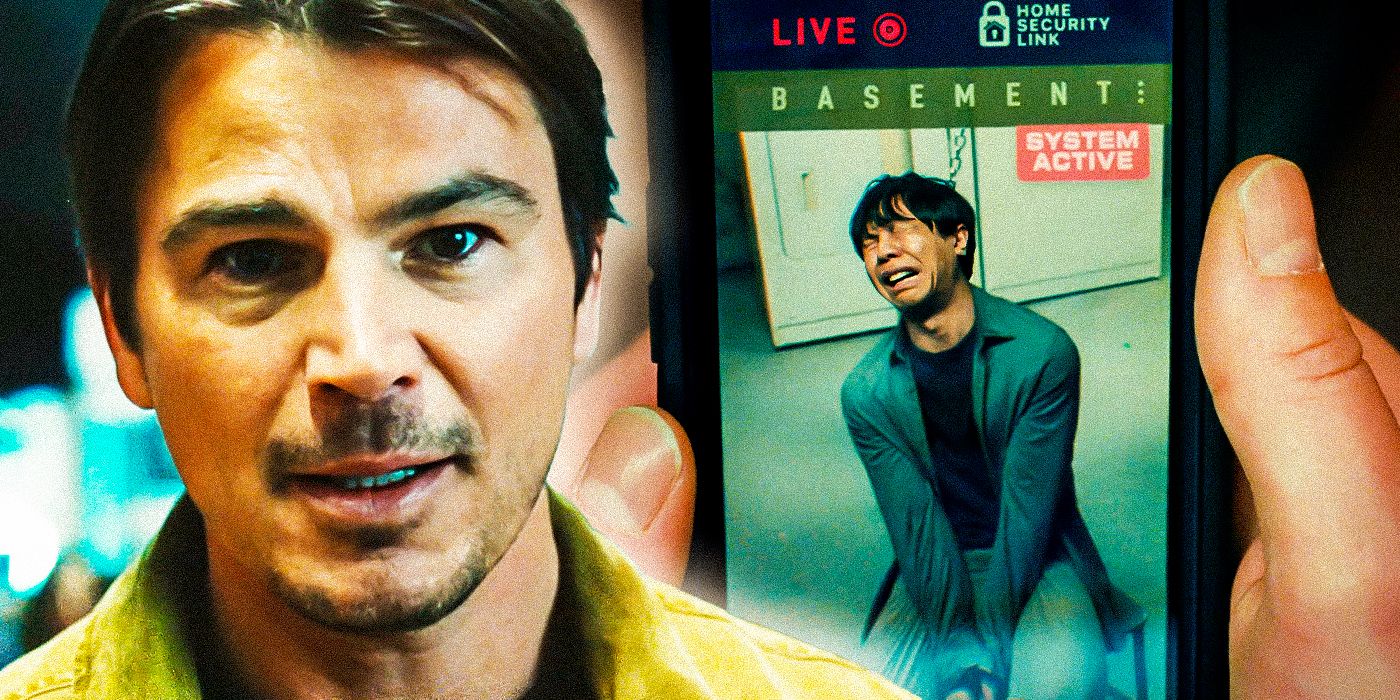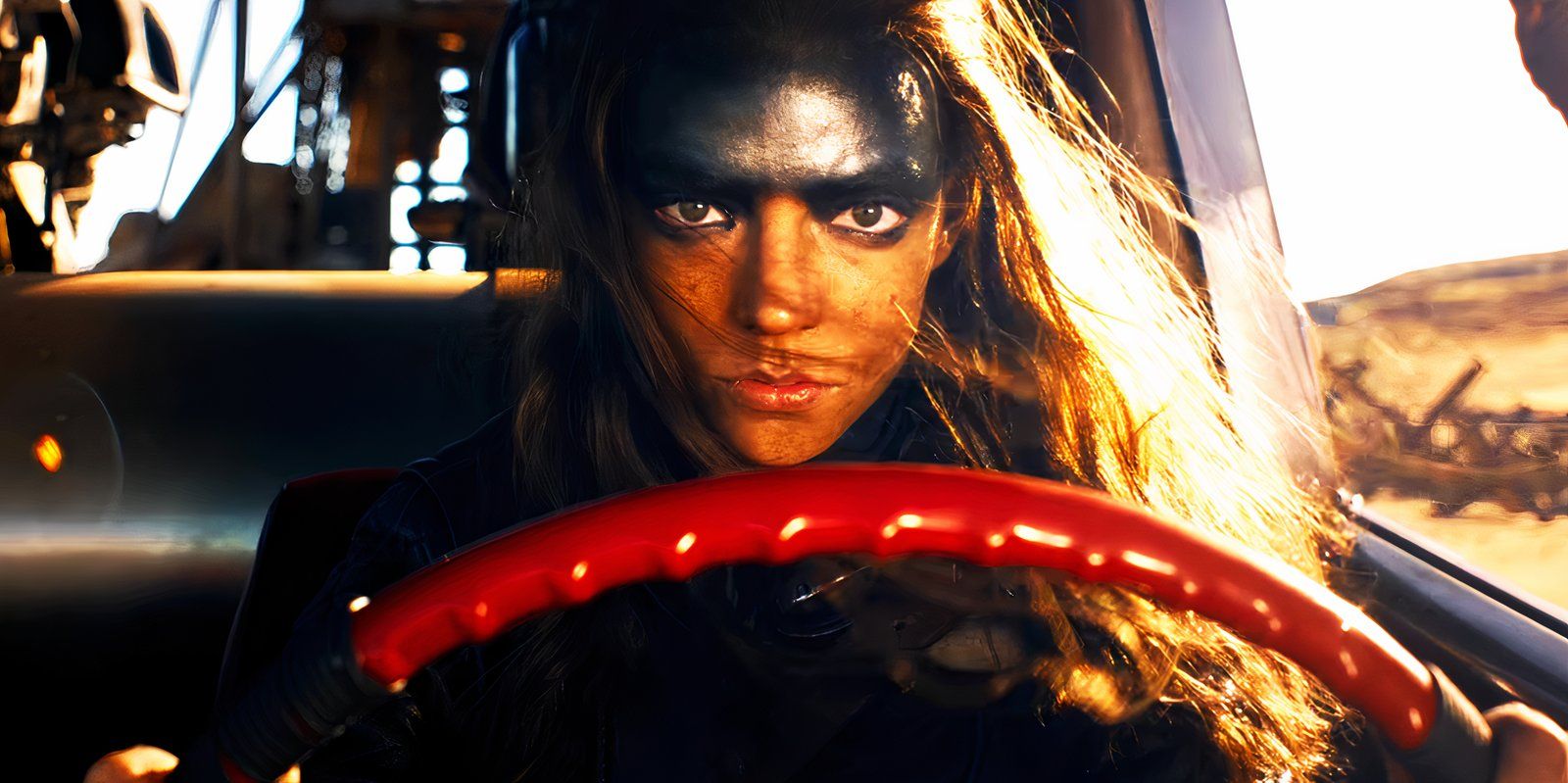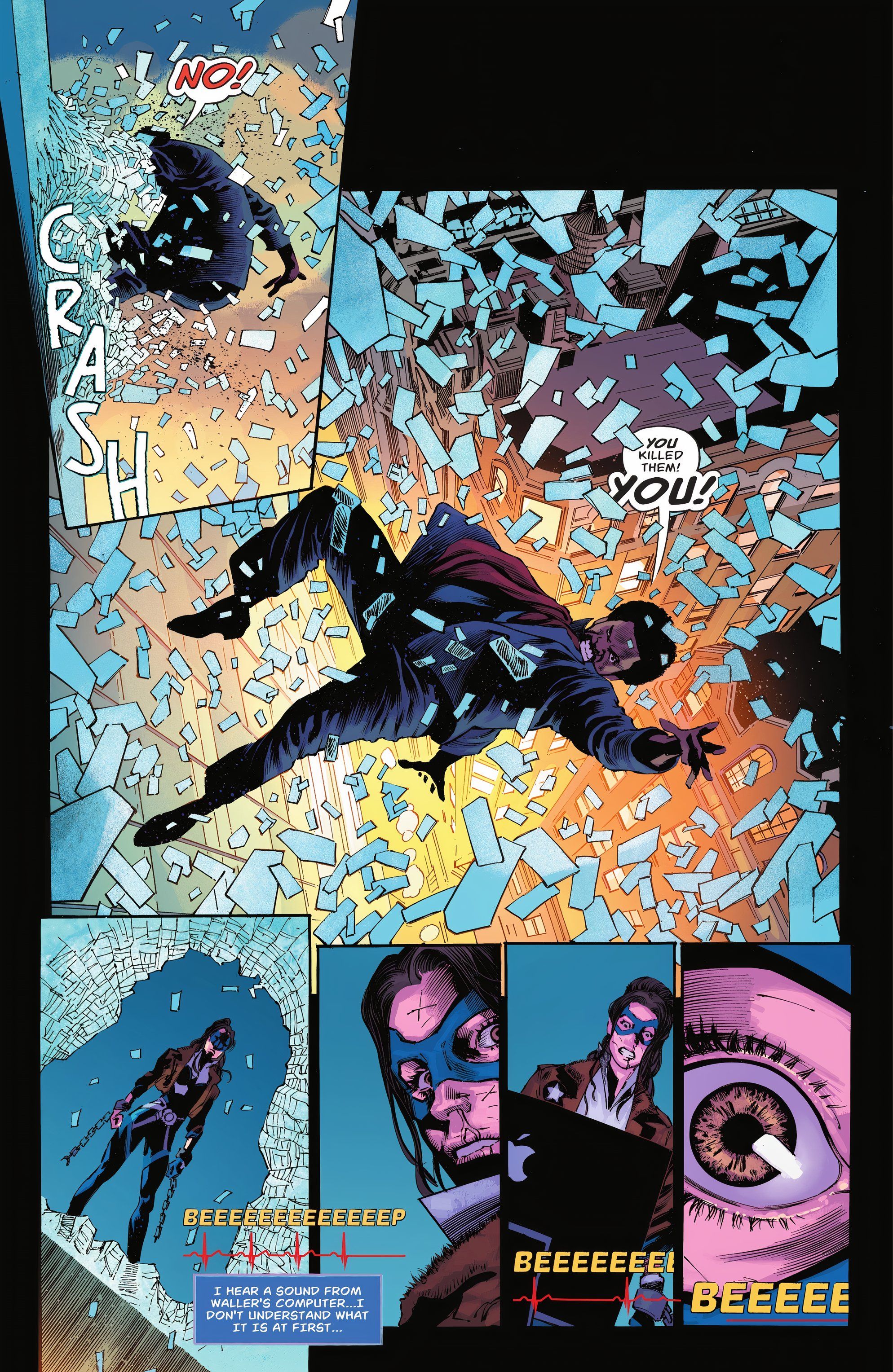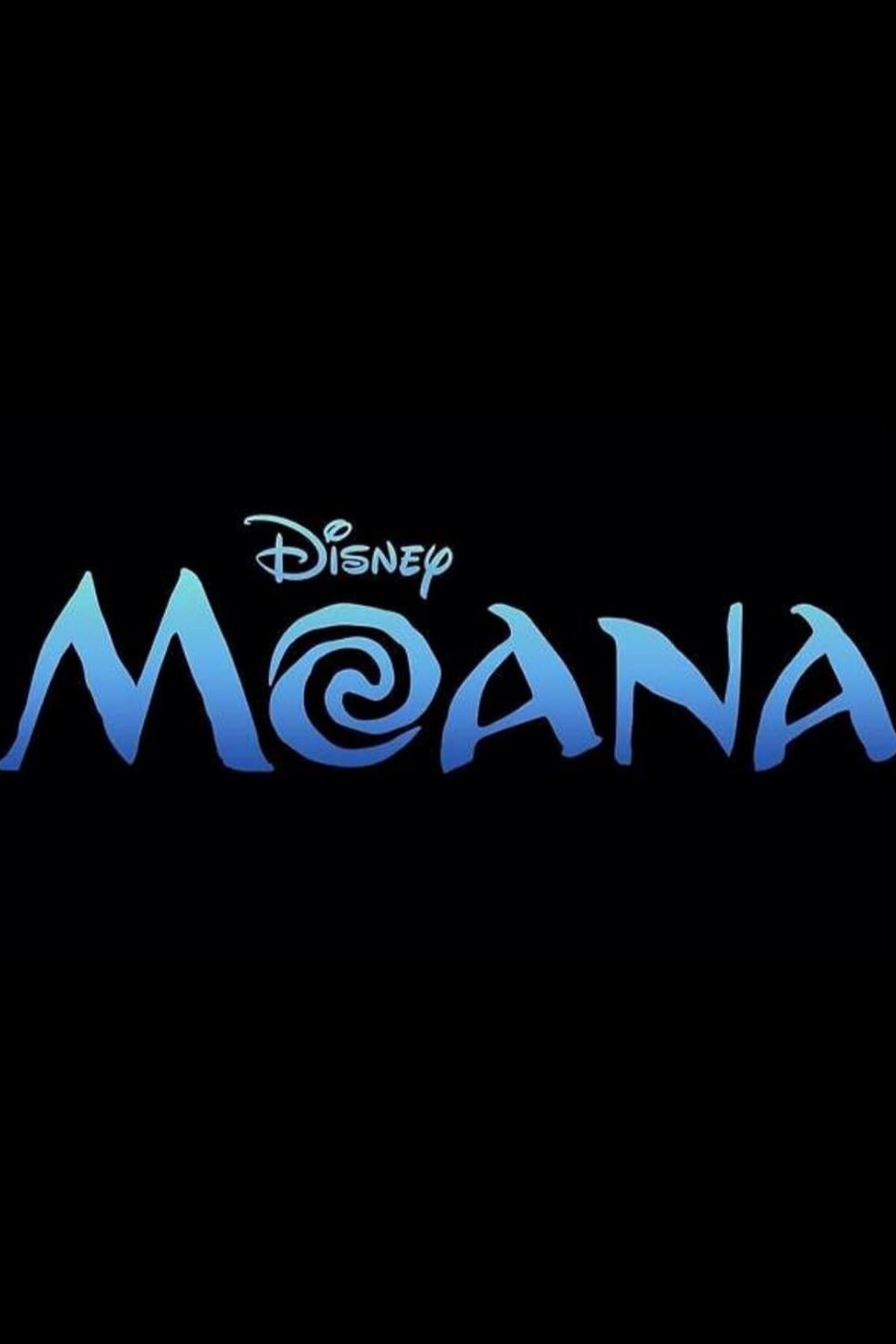With less than a month to go until the release of Pixar’s Inside Out, it’s time we shared a few more fun facts we learned about the film via a recent trip to the Pixar campus in Emeryville, CA.
Co-directed by Pete Docter (Up, Monster’s, Inc.) and Ronnie del Carmen, Inside Out is a movie about the little voices inside our heads. Our emotions, to be exact, as depicted in the film by how 11-year-old Riley struggles to adjust life after a move from Minnesota to San Francisco, and how her dueling emotions Joy (Amy Poehler), Sadness (Phyllis Smith), Anger (Lewis Black), Fear (Bill Hader) and Disgust (Mindy Kaling) play into it.
Here are our favorite SPOILER-FREE facts we think you should know going into the film:
1. Inside Out’s Familiar Inspiration
The film was inspired by Docter’s experience with his daughter, Ellie (Ellie Docter was also the inspiration and voice of young Ellie in Up):
“Well the way it kind of worked I would just kind of like observe her as opposed to really engage her. Because I don’t know that even she knew kind of what was going on in there. I know I didn’t at that age, you know, you’re just kind of experiencing it and things happen to you it almost feels.” – Pete Docter
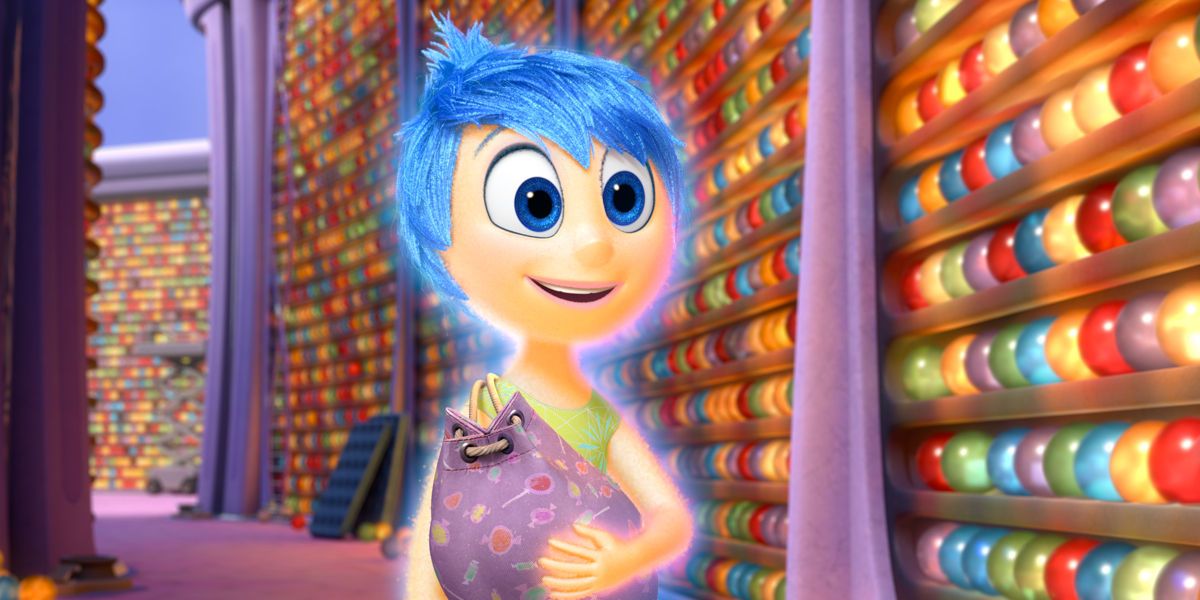
2. Camera Lenses For The Mind
For the first time ever on a Pixar film, the filmmakers modeled their camera lenses on real lenses in order to properly convey the difference between what’s going on inside Riley’s mind and what’s happening to Riley in the outside world:
“The outside world is based on our real world, so the camera should feel realistic, but flawed and imperfect. On the inside, the world is imaginative and virtual, so the camera can be perfect. We rented two lenses: the Cooke S4 and the ultra-primes, and we shot using each of these lenses with a big distortion chart. What we found is one lens, the Cooke, has more pronounced distortion than the other. So we measured the curvature of each lens, and input that data into our virtual lenses.” – Patrick Lin, Layout Supervisor
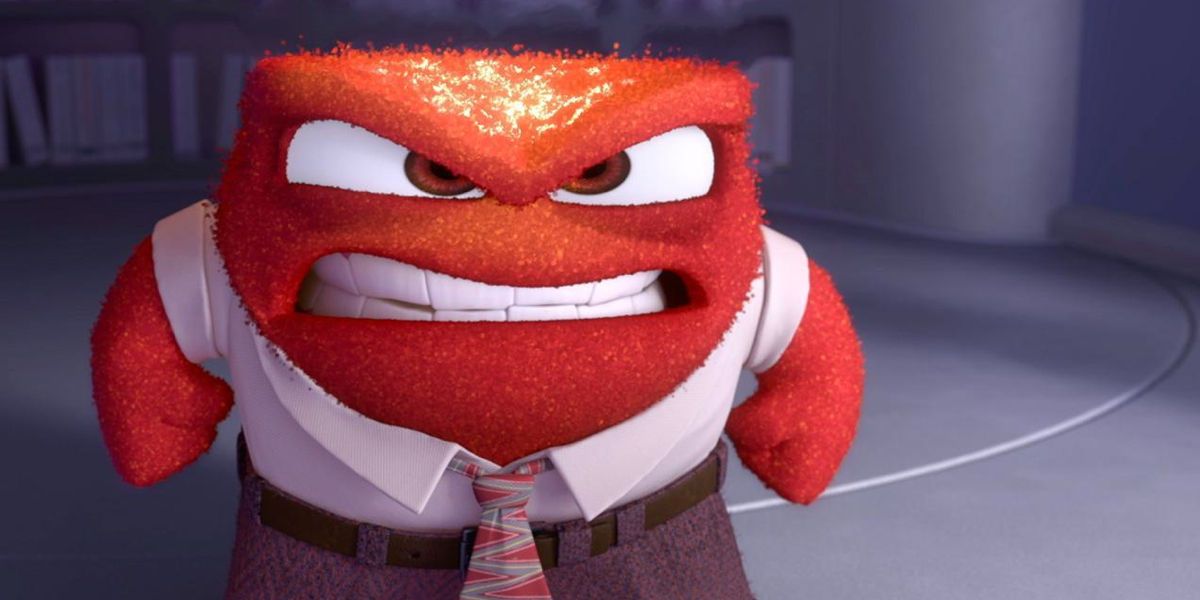
3. How Long It Takes to Animate
On average, it takes an animator one week to complete three seconds of footage. There were 45 animators on Inside Out and took them a year and a half to finish.
4. Anger Management
Louis Black’s anger is his therapy:
“Louis Black, man he would – we would be recording and he would kind of get tired and then he would go on a rant about the Mega Mall in Minnesota and [so get riled up], it was almost a healing, relaxing thing for him to be angry.” – Docter
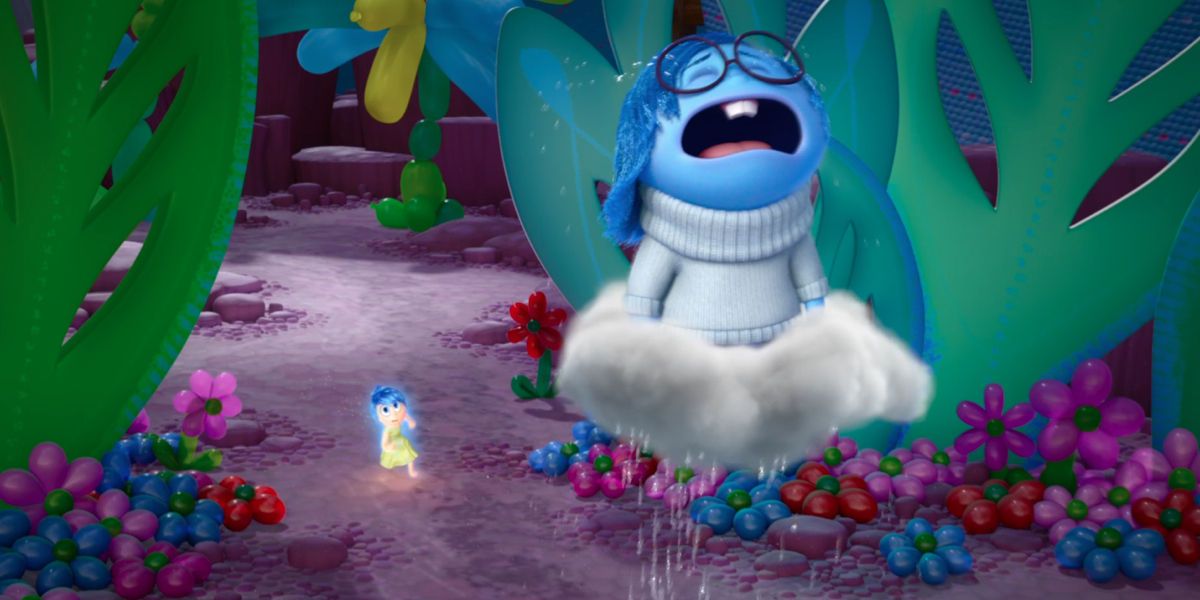
5. Inside Out Is The Most Emotional Pixar Movie
Bring tissues, because according to animator Victor Navone, Inside Out “has more cries” in it than any other Pixar film.
6. Brain Science
The filmmakers used actual brain science to inform the film:
“Weird things like it’s at night that the short-term memories are rerouted into long-term. That was something we read somewhere. That sparked this whole idea of this cool kinetic ball-like sculpture which [at the end of the day] they all go down [to long-term memory storage] once she goes to sleep. So there’s a lot of stuff that was based on research, some stuff that was based on observation and some stuff we just made up.” – Docter
7. There’s A Secret Character
One of the film’s major scene-stealers is a character that hasn’t been unveiled in any of the marketing:
“I think he’s going to be one of the great surprises. To me, he’s like our Tigger.” – Jonas Rivera, producer
–
Inside Out will be in theaters June 19, 2015.
